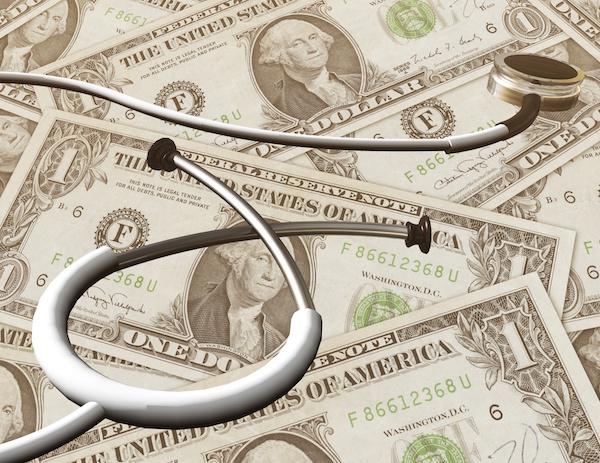
THURSDAY, Nov. 15 (HealthDay News) — A stunning new federal report reveals just how bad the obesity-linked type 2 diabetes epidemic in the United States has become, with rates of the often-preventable disease hitting record highs.
Some of the statistics are staggering: While in 1995 only three states, the District of Columbia and Puerto Rico had diabetes prevalence rates of 6 percent or more, by 2010 diabetes rates in all 50 states had reached that level.
Some states — especially in the South — have fared much worse than others, the U.S. Centers for Disease Control and Prevention report said. Eighteen states saw their rates of diabetes cases double during the 15-year period covered by the study, and in 42 states the rate jumped by 50 percent.
In six states and Puerto Rico, one in 10 adults now have diabetes.
“I was shocked myself,” said lead researcher Linda Geiss, a statistician in CDC’s division of diabetes translation. “We know diabetes has been increasing for decades, but to see 18 states having an increase of 100 percent was shocking.”
The main cause of the increase is clear: Americans’ widening waistlines. “The diabetic epidemic has gone hand-in- hand with the increases in obesity,” Geiss said.
The tragedy is that diabetes is largely preventable through lifestyle changes, she added.
Dr. Stuart Weinerman, from the division of endocrinology at North Shore University Hospital/Long Island Jewish Medical Center in New Hyde Park, N.Y., said that “diabetes is becoming the major public health burden.”
“This is an unnecessary epidemic due to obesity,” he added. “From a public health perspective, we better be prepared if we allow people to continue to be obese, to spend huge amounts of money on taking care of patients.”
The report was published in the Nov. 16 issue of the CDC journal Morbidity and Mortality Weekly Report.
According to the report, the states with the biggest increases were mainly clustered in the South, with Oklahoma (226 percent), Kentucky (158 percent), Georgia (145 percent), and Alabama (140 percent) faring worst.
But states everywhere showed increases in diabetes prevalence, including regions such as the West, Midwest and the Northeast.
“The CDC has long since warned us that, should current trends persist, as many as one out of three Americans could be diabetic by mid-century,” said Dr. David Katz, director of the Yale University Prevention Research Center.
The result would be a “staggering” figure — well over 100 million people with diabetes and representing a cost in both human and economic terms that is apt to be unbearable, he said. “This report shows us that ominous trend is well under way,” he added.
According to the CDC, more than a third (35.7 percent) of U.S. adults are now obese, and as with diabetes the highest rates of obesity are in the South.
Obesity has not only been tied to diabetes, but to heart disease, stroke and certain types of cancer. Diabetes can lead to loss of vision, circulation problems resulting in amputations and kidney disease, the CDC noted.
Type 2 diabetes, which is strongly tied to obesity, makes up 90 percent to 95 percent of all diabetes cases in the United States.
“Virtually all of this burden of disease could be eliminated,” Katz said. “At the population level, diabetes is deemed to be preventable at least 90 percent of the time. Individual risk can be reduced by as much.”
“A worsening epidemic of diabetes is engulfing us,” he added. “We have the knowledge we need of what works, but have thus far failed to apply it effectively.”
For the study, researchers used data from the Behavioral Risk Factor Surveillance System, an annual phone survey of adults in the United States.
More information
Find out how you can help prevent diabetes at the American Diabetes Association.
To learn about some small steps you can take to help lower your chances of developing type 2 diabetes, read this HealthDay story.

